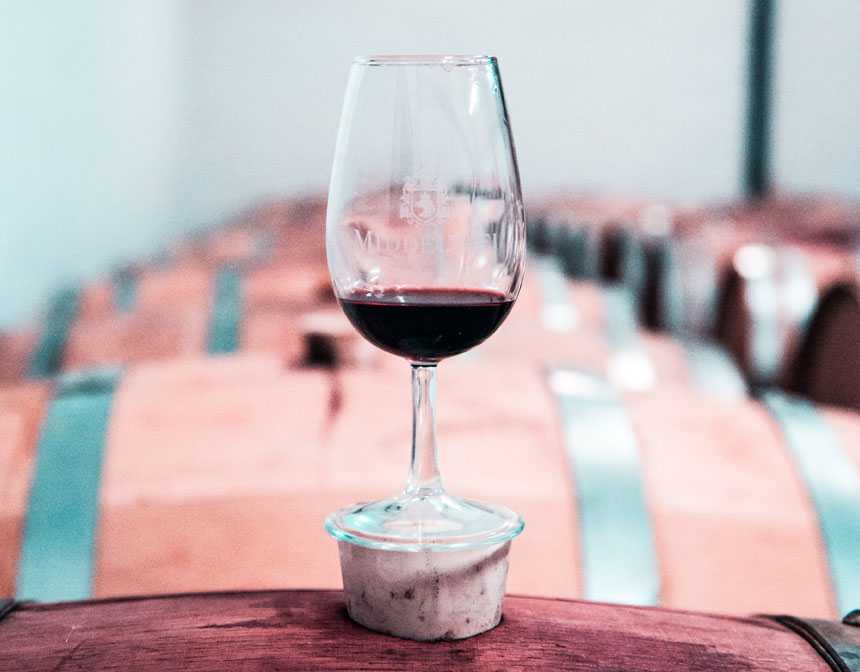What is a Century Egg?
Century eggs are essentially eggs that have been "cooked" using the power of chemicals rather than the power of heat. Essentially, the eggs are exposed to alkalis which ferment the interior, denaturing the proteins to the point of being cooked.
Century eggs are made in Chinese and other Asian cuisines. It is a type of egg that is traditionally made by soaking in a mixture of clay, salt, wood ash, and quicklime. During this process, the outer egg white turns dark brown or black and takes on a gelatinous consistency, while the inner egg yolk becomes dark green.
Century Eggs are also known as Preserved Eggs, Millennium Eggs or Skin Eggs. Century eggs can be made from many types of eggs, such as duck eggs, quail eggs, goose eggs or chicken eggs. "Century Eggs" have a smooth and creamy texture.
Century eggs are safe to consume if done right. However, it is recommended not to consume too much.
Why Are Century Eggs Black?
This is a result of something called the Maillard reaction, which can be found nearly everywhere in cooking. This is the same reason that baked goods go from a pale color to a golden brown and, eventually, black if you bake them for too long.
How To Eat Century Eggs?
You can eat century eggs as you would boiled eggs, though make sure to peel them before consuming. In our recipe, the beeswax used is food-safe, though it’s not the kind of thing that you should eat a lot of. Plus, it has little to no nascent flavor, so it doesn’t enhance the eggs at all. Be sure to use wax that is safe and suitable for use with food.
What to Serve with Century Eggs?
You can consume Century Egg in various ways. You can add these hard-boiled eggs to congee rice porridge or slice them into salads. It also has a flavor that is compatible with tofu. If you wish, you can serve with sesame oil, pickled ginger, and soy sauce.
Here are our delicious recipes that you can serve with Century Eggs:
How To Store a Century Egg?
The best way to store century eggs is to keep them in the beeswax phase of the recipe above. They store very poorly once open to contaminants, so we would suggest keeping them encased in wax until you’re ready to eat them.





































